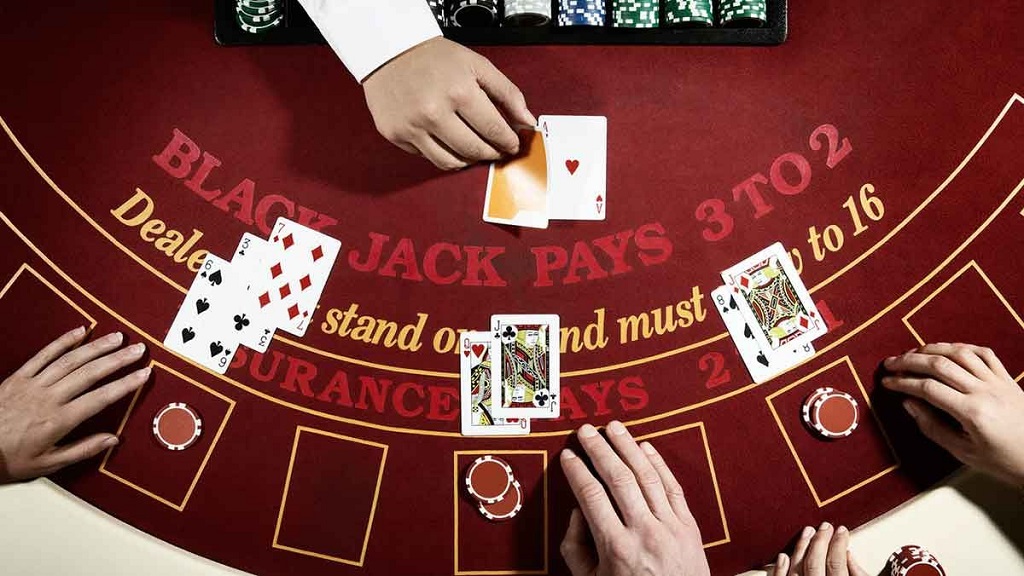Card Counting in Card Games: Strategies and Effectiveness

Card counting is a strategic method used primarily in blackjack to determine whether the next hand is likely to give an advantage to the player or the dealer. By keeping a running tally of all high and low cards seen by the player, one can make more informed decisions. The concept revolves around assigning values to different cards and tracking these values as the game progresses. High cards (10, Jack, Queen, King, Ace) are assigned a negative value (-1), while low cards (2-6) are given a positive value (+1). Cards 7-9 are considered neutral and assigned a value of 0. The sum of these values provides a running count that indicates the likelihood of favorable cards remaining in the deck.
Understanding how card counting works requires knowledge of the point values and the ability to adjust your betting and playing strategies based on the count. When the count is positive, it suggests that more high-value cards remain in the deck, favoring the player. Conversely, a negative count indicates a deck rich in low-value cards, which benefits the dealer. This strategic edge can be exploited to adjust bets and decisions, increasing the potential for winning.
How to Use Card Counting Techniques
To effectively use card counting, players must first master the basic counting system, such as the Hi-Lo strategy, where cards are assigned the values mentioned above. Keeping a running count requires concentration and practice, as players must continuously add and subtract the values of cards as they are dealt. This running count must then be converted into a true count by dividing it by the number of decks remaining in the shoe, providing a more accurate measure of the player’s advantage.
Beyond basic counting, successful card counters also employ betting strategies that vary their wagers based on the true count. When the count is high, indicating a player advantage, they increase their bets. Conversely, when the count is low, they minimize their wagers. Players also need to modify their playing strategy, deviating from basic strategy based on the count. For example, a higher count might influence a player to take insurance or double down in situations where they normally wouldn’t. Mastery of these techniques involves significant practice and the ability to maintain composure and avoid detection in a casino environment.
In Which Games Can Card Counting Be Used?
Card counting is most famously associated with blackjack, but it can be adapted for use in other card games where the composition of remaining cards affects the outcome. These games include Spanish 21, Pontoon, and certain variations of poker. The effectiveness of card counting in these games, however, can vary significantly depending on the rules and deck configurations used. Generally, any game that involves a fixed deck and the dealing of cards in a predictable manner can potentially be exploited by card counting techniques.
How Popular is the Card Counting Strategy?
The popularity of card counting has fluctuated over the years, heavily influenced by its portrayal in popular culture and media. Books such as “Beat the Dealer” by Edward O. Thorp and movies like “21” have contributed to its mystique and allure. While professional gamblers and teams have successfully used card counting to gain an edge, it remains a contentious topic in the gambling community. Casinos actively discourage card counting and have implemented various countermeasures, including multiple decks, continuous shuffling machines, and banning suspected counters.
Despite these challenges, card counting continues to attract attention from both amateur and professional gamblers. The strategy appeals to those who enjoy the intellectual challenge and the potential for financial gain. However, the skill level and dedication required to count cards effectively mean that only a small percentage of players can use it successfully. The advent of online gambling and changes in casino practices have also impacted the prevalence and practicality of card counting in modern gaming.
The legal landscape surrounding card counting is complex. While not illegal, casinos reserve the right to refuse service to anyone they suspect of using the strategy. This legal grey area adds an element of risk and intrigue for those who practice card counting, further contributing to its enigmatic reputation.
In essence, card counting remains a popular but challenging strategy within the gambling world. Its effectiveness and popularity are subject to various factors, including casino policies, game rules, and the skill of the individual player.

How Effective is Card Counting?
The effectiveness of card counting largely depends on the player’s proficiency and the conditions of the game. In optimal settings, such as single-deck blackjack games with favorable rules, card counting can significantly increase the player’s edge over the house. Expert counters can achieve a 1-2% advantage, translating to substantial gains over time.
However, the effectiveness diminishes in games with multiple decks and continuous shuffling machines, as these factors increase the complexity and reduce the impact of card counting. Additionally, casino countermeasures such as frequent shuffling and vigilant surveillance can further reduce the strategy’s efficacy. Players must also contend with the risk of being banned or blacklisted from casinos if caught.
Despite these challenges, card counting remains a viable strategy for those willing to invest the time and effort required to master it. Its effectiveness is a testament to the skill and discipline of the player, rather than a guaranteed path to success. Proper execution of card counting can lead to consistent profits, but it demands a high level of commitment and resilience.
